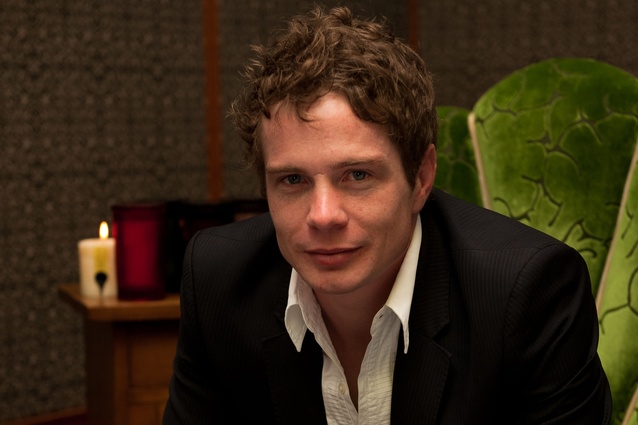Designer Interview: Isaac Sinclair
New Zealand’s only master perfumer talks to Interior about the past and future of aromas within the built environment.
Interior: Were there people in history who were particularly clued up about embellishing their public spaces with scents?
Isaac Sinclair: Some of the most important public spaces in history (such as the Pantheon) were religious buildings, so there would have been a lot of incense burning. The word perfume comes from the Greek pro fumum (by smoke) and incense was burnt for the gods as the (usually very expensive) smoke rose up to the heavens as an offering.
Interior: How about in recent history?
IS: Spaces have actually never been so odour free. The invention of electricity brought with it light bulbs and central heating meaning that people no longer need to rely on oil lamps or fireplaces… both of which, as you can imagine, saturated every corner of every building in existence.
Interior: Aromas are naturally occurring within architecture; are there any specific scents within a building that you have found particularly memorable?
IS: It happened on a tiny island in an archipelago in Sweden (just outside Stockholm). It was a large, traditional Swedish summer house and what was so astounding was the olfactive harmony between the house and its surroundings. All of the islands are covered with beautiful pine trees which give off an incredible fragrance. The house had been built using wood from these same trees meaning that, even when you were safe inside,
there was this amazing ‘outdoorsy’ smell.
Interior: Are there any construction materials you find particularly overpowering within public buildings?
IS: Particle board. The resin that is used to bind the wood chips together gives off a really strong odour which lends its scent to many public buildings in New Zealand ranging from your local RSA, to schools and community halls.
Interior: Creating signature scents to accompany architectural spaces seems somewhat outlandish. What do you think would be the benefits of having aromas in built environments?
IS: Scents are able to create ‘invisible atmospheres’ meaning that the saying “what you see is what you get” is no longer the case. The impression we have of a space can be altered easily and subconsciously by scent. A good analogy for this is when you are selling your house - you can’t change the way it looks; however, it is well known that you can change the ambience
by baking something or creating a homely ‘scentscape’.
Interior: A soon-to-be-built residential project in Florida (One Thousand Museum) by British architect Zaha Hadid uses scents in different parts of the building and gives residents the option to customise the aromas of their own apartments: overkill or a promising area for commercial aromas?
IS: I see this as an extension of what already exists. In hotels, this is already happening. They have a scent for the elevator, a scent for the rooms, the lobby… etc. This is just a case of bringing something commercial into the household.
Interior: Outside of spas and some clothing retail spaces, scent is relatively under-utilised in commercial interior spaces; why do you think that is?
IS: Retailers are getting more and more into olfactive marketing. Studies have shown that putting certain scents in the air encourages people to spend more time in stores which translates into more spending. It is also more common than you would think for supermarkets and bakeries to pump mouth-watering fragrances into the air to lure in passers-by. The most effective thing about olfactive marketing is that it is very subliminal and customers are not as aware of it as they are of visual or audio advertising which they have learnt to resist. Also, electronic vaporisers are becoming more and more widely available and accessible (in terms of affordability).
Interior: If you could design a perfume for an architectural space… what would be your ideal project?
IS: I’m off to Brasília tomorrow to see some of the masterpieces of Oscar Niemeyer (something which I’ve been intending to do for a while). I would love to create a scent garden for one of his works with Burle Marx (his landscape designer) where the scents from the gardens continue into and throughout the entire building.










